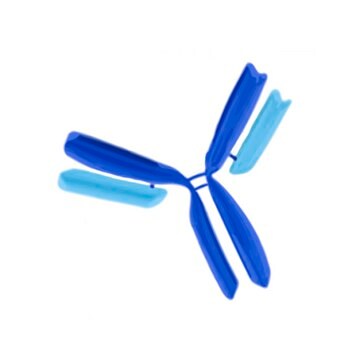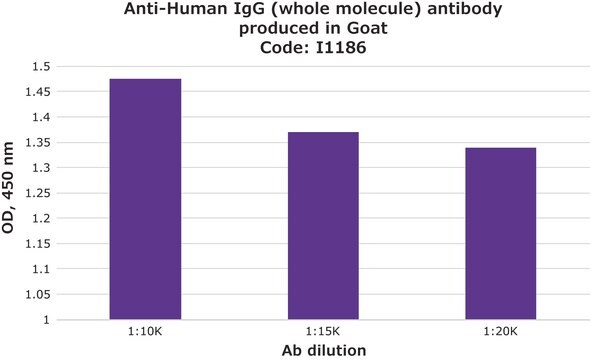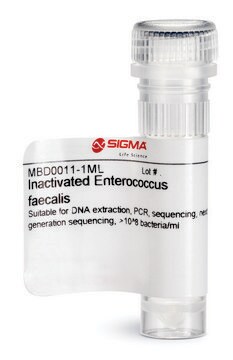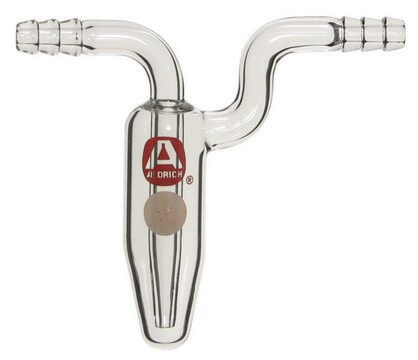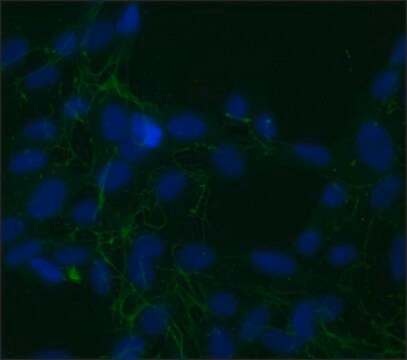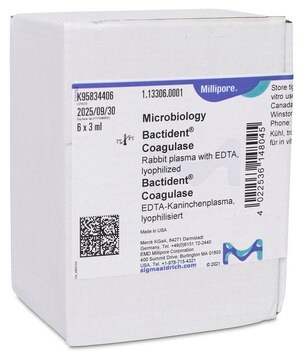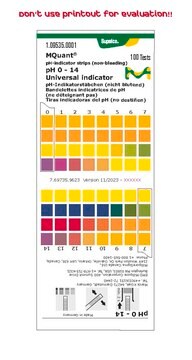Alle Fotos(2)
Wichtige Dokumente
SAB4200883
Anti-Staphylococcus aureus LTA antibody, Mouse monoclonal
clone LT-43, purified from hybridoma cell culture
Synonym(e):
Staphylococcus aureus
Anmeldenzur Ansicht organisationsspezifischer und vertraglich vereinbarter Preise
Alle Fotos(2)
About This Item
UNSPSC-Code:
12352203
NACRES:
NA.41
Empfohlene Produkte
Antikörperform
purified from hybridoma cell culture
Qualitätsniveau
Klon
LT-43
Form
liquid
Speziesreaktivität
Staphylococcus aureus
Konzentration
~1 mg/mL
Isotyp
IgM
Versandbedingung
dry ice
Lagertemp.
−20°C
Posttranslationale Modifikation Target
unmodified
Allgemeine Beschreibung
Staphylococcus aureus is a Gram-positive bacterium, that causes disease in the human population including food poisoning and toxic shock syndrome.1 S. aureus expresses several secreted virulence factors, such as various enzymes, cytotoxins, exotoxins, and exfoliative toxins.1 Exotoxins include more than 20 serologically classified staphylococcal enterotoxins (SEs). The best characterized are the SEs A, B through V, and toxic shock syndrome toxin-1 (TSST-1). These enterotoxins are similar in activity, sequence, structure, and molecular mass (25-30 kDa).1-3
Spezifität
Monoclonal Anti- Staphylococcus aureus lipoteichoic acid (LTA) antibody specifically recognizes LTA of Staphylococcus aureus and has no cross reactivity with Bacillus subtilis LTA and Enterococcus hirae LTA.
Anwendung
The antibody may be used in various immunochemical techniques including Immunoblotting and ELISA.
Biochem./physiol. Wirkung
SEA and SEB are known as superantigens due to their ability to bind class II MHC molecules on antigen presenting cells. This binding stimulates extensive T-cell activation followed by massive cytokine release leading to an acute toxic shock.1-4 SEB is also classified as a category B select agent and is important toxicant in biodefense research.5-9SE proteins have a significant resistance to heat and acid, and are also resistant to gastrointestinal proteases including pepsin, trypsin, rennin, and papain. Thus, inactivating the S. aureus bacteria may not be sufficient to eliminate the risk of its superantigens from causing food poisoning.1 SEB contamination can be caused by both its ingestion (resulting with food poisoning) or by inhalation (resulting with respiratory symptoms of cough and dyspnea), therefore SEB detection is a major challenge in the food industry.1,3,5-10
Physikalische Form
Supplied as a solution in 0.01 M phosphate buffered saline pH 7.4, containing 15 mM sodium azide as a preservative.
Lagerung und Haltbarkeit
For continuous use, store at 2-8°C for up to one month. For extended storage, freeze in working aliquots. Repeated freezing and thawing is not recommended. If slight turbidity occurs upon prolonged storage, clarify the solution by centrifugation before use. Working dilution samples should be discarded if not used within 12 hours. Protect from prolonged exposure to light.
Haftungsausschluss
This product is for R&D use only, not for drug, household, or other uses. Please consult the Material Safety Data Sheet for information regarding hazards and safe handling practices.
Lagerklassenschlüssel
12 - Non Combustible Liquids
WGK
WGK 1
Hier finden Sie alle aktuellen Versionen:
Analysenzertifikate (COA)
Lot/Batch Number
It looks like we've run into a problem, but you can still download Certificates of Analysis from our Dokumente section.
Wenn Sie Hilfe benötigen, wenden Sie sich bitte an Kundensupport
Besitzen Sie dieses Produkt bereits?
In der Dokumentenbibliothek finden Sie die Dokumentation zu den Produkten, die Sie kürzlich erworben haben.
Unser Team von Wissenschaftlern verfügt über Erfahrung in allen Forschungsbereichen einschließlich Life Science, Materialwissenschaften, chemischer Synthese, Chromatographie, Analytik und vielen mehr..
Setzen Sie sich mit dem technischen Dienst in Verbindung.